Gardeners on all walks of their journey know that there is a vast difference between indoor and outdoor gardening. Each type of gardening requires different skills, each with its own set of differing challenges.
Indoor gardening takes place in a controlled space using plants adapted to growing in a controlled environment with little natural light and other resources.
So if indoor plants have adapted to growing in a controlled space, why do you need an indoor plant doctor?
Well, indoor plants need special care because they are not grown in a natural environment. They become more vulnerable to pests, diseases and other problems that can affect their health. Indoor plants also may not receive the same amount of sunlight, water and nutrients that they would if they were in their natural, outdoor environment.
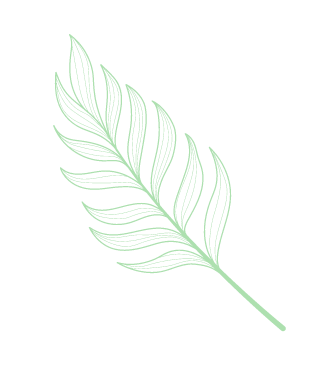
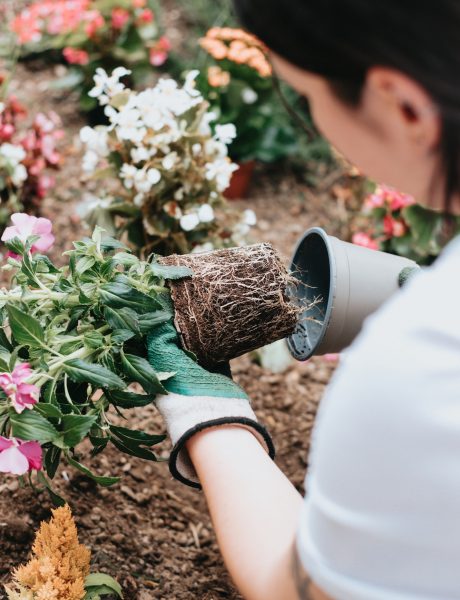
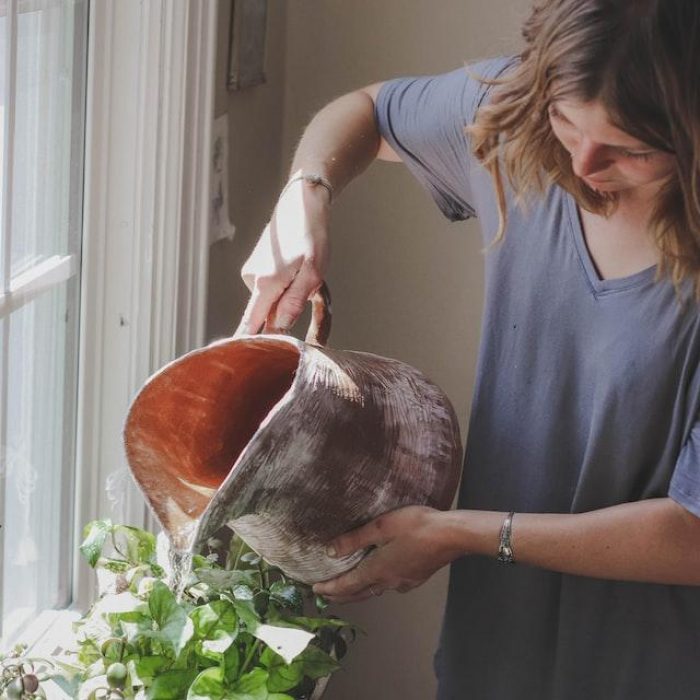
The conditions in an indoor environment, such as temperature, humidity and air quality, can vary greatly and may not be conducive to the health of every plant within an indoor environment.
As such, it is of great importance that indoor plants are given the special care and attention that they require. An indoor plant doctor is someone that can help you fulfil these requirements.
An indoor plant doctor specialises in diagnosing and treating any problems with indoor plants. They are experts in identifying common problems with indoor plants, such as pests, diseases and nutrient deficiencies. They can help you by recommending the appropriate treatment or care so that your plants can recover.
This is why you need an indoor plant doctor. If any of your plants are unhealthy and you want to have them looked at, you can book a call with one of the highly-trained plant doctors at Plant Judo.
Every plant needs six things to blossom healthily. These six things include:
Ensure that your plants have adequate space above and below the soil. Leaves and flowers need space to expand and carry out the job of producing oxygen, while roots need room to grow. If the roots are crowded, the plant’s growth will be stunted, and it might die.
Most plants have a certain temperature preference. Some plants like warmer temperatures, while others may prefer cooler temperatures. Knowing which temperatures your plants need is important to ensure their healthy growth.

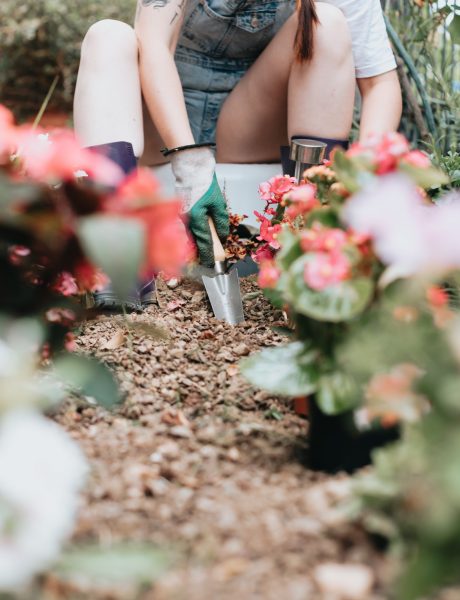
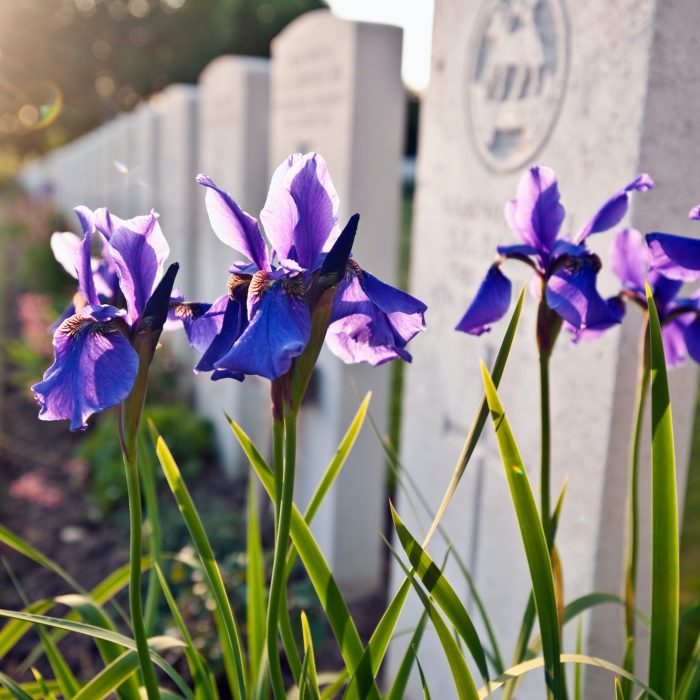
As with temperature, each plant has its own light requirements. Most indoor plants enjoy bright light. Windows facing the south or west have the best light. Your plants will tell you when it isn’t getting enough light as its stem will be thin.
Water is important to the health and growth of plants, but providing too much or too little water can have disastrous effects. Most plants like to be watered when the soil is slightly dry to the touch.
Plants use carbon dioxide in the air to create food for themselves. If your plant’s indoor environment contains air pollutants like smoke or gases, there is a good chance that your plant will be damaged.
Every living thing needs nutrients, plants too. Most of the nutrients a plant needs are dissolved in water and then taken up by the plant through its roots. The three most important nutrients for plants are nitrogen, phosphorous and potassium. Use a fertiliser that contains all three.
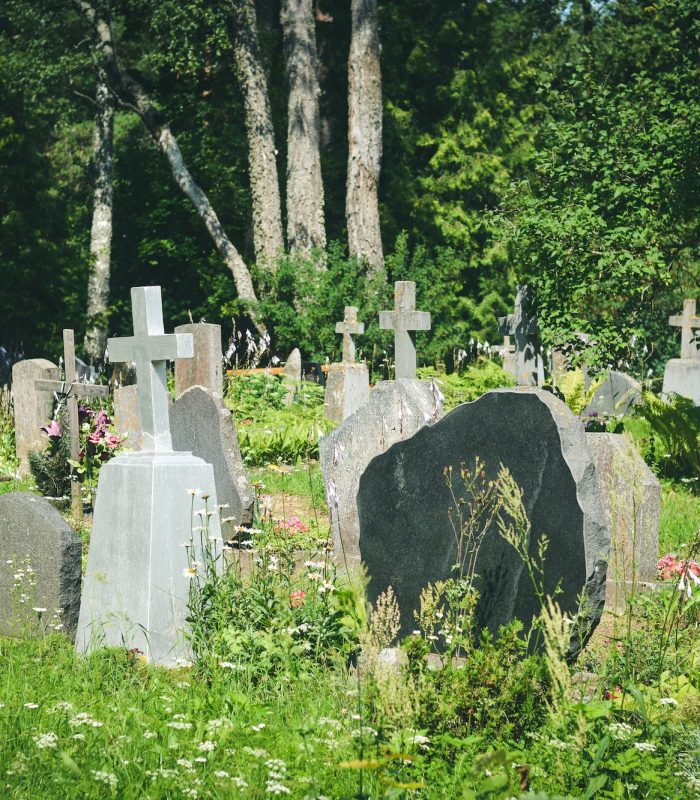
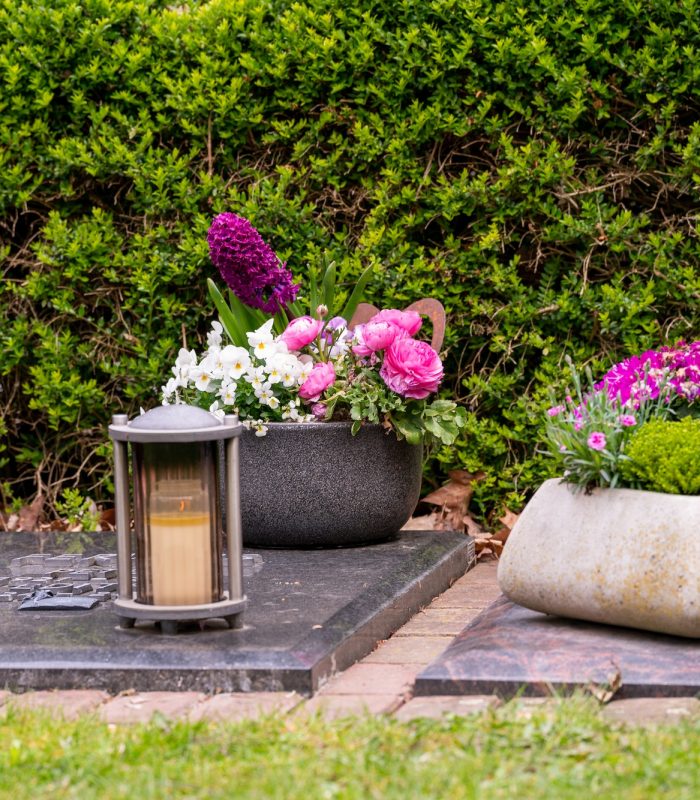
Plant Judo is a company filled with people who harbour a deep love for plants and have been planting parents for many years.
We know the struggles that come with keeping an indoor plant healthy; we have over ten years of experience in caring for and maintaining plants’ health. Our expert knowledge is invaluable, and we would love to use said knowledge to help you keep your plants in great health.
We offer online plant doctor services catered to your indoor plants. You can call us within the ease and comfort of your home. All consultations and appointments happen online or virtually; as such, you will not have to risk further injury to your plant by driving it to our offices.
While on call, our expert indoor plant doctors will look at your plants, diagnose any illnesses or problems and guide you through the process of ensuring that your plant regains its healthy and vibrant greenery.
They will look at the area within which your plants are housed and guide you on where certain plants should be placed to ensure that they receive the amount of sunlight they need.
They will recommend any methods of preventative care that you might need to employ to reduce the risk of any plant problems making a return. They will also guide you in ensuring that the disease does not spread to your other plants.
If your indoor plants need a doctor and are in desperate need of treatment, call Plant Judo now.

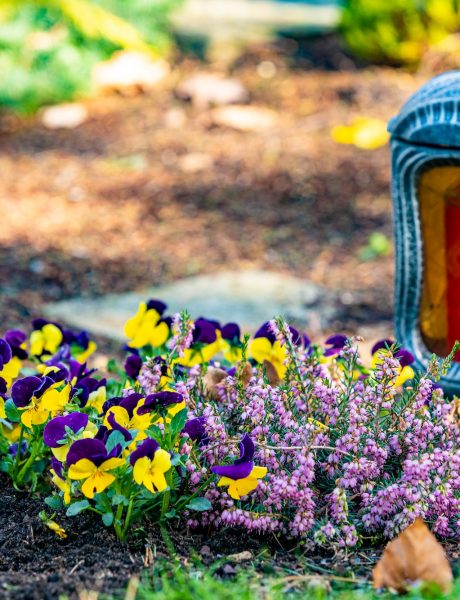
To honour dead soldiers, the ancient Greeks started the custom of laying flowers at graves thousands of years ago. They thought it was a sign that the deceased had attained peace if the flowers took root in the earth and flourished from the burial.
Container size is crucial for flowers and plants. Outdoor container plants, especially those that increase like summer flowering annuals, require enough space for their roots. Small pots inhibit root expansion, which results in constrained top development.
Reusing potting soil is generally acceptable as long as the plant you were growing in it is robust. It is best to sterilise the mix if you find bugs or diseases in your plants to prevent contaminating them for the following year. First, clean the old potting soil of roots, grubs, leaves, or other trash.

Copyright © 2024 Plant Judo. All Rights Reserved
Kemp House, 152 – 160 City Road,
London, EC1V 2NX
United Kingdom